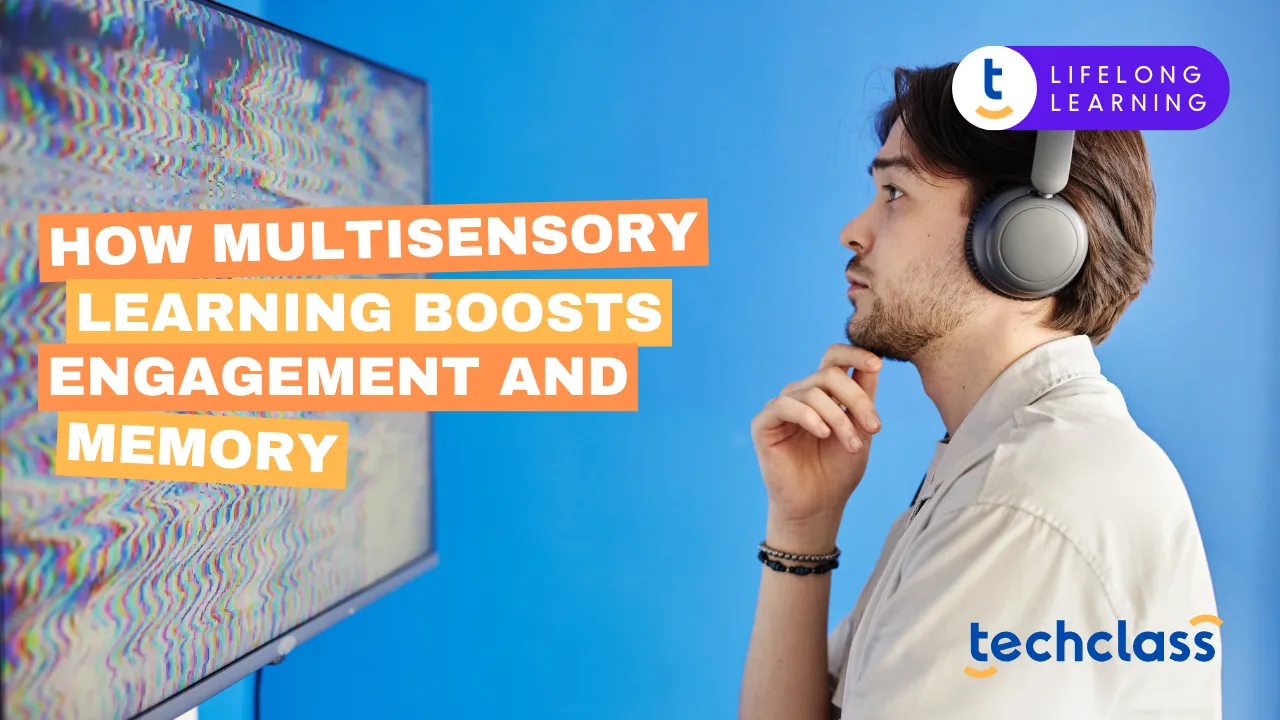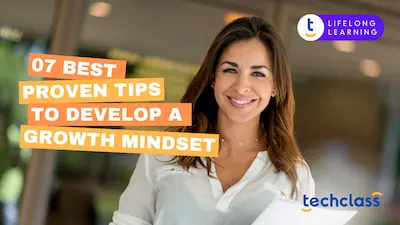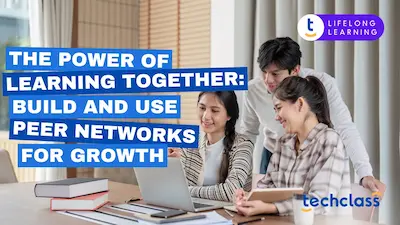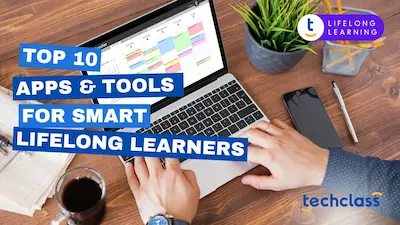
In today’s fast-paced world, people are expected to acquire and retain new information quickly, often while juggling careers, family responsibilities, or other commitments. Whether you're taking a professional development course, retraining for a new job, or exploring a new hobby, one strategy can significantly enhance your learning efficiency: multisensory learning.
This approach, which activates more than one sense at a time, sight, sound, touch, or movement, has been shown to strengthen memory, improve engagement, and deepen understanding. And while it's widely used in early education, its benefits extend powerfully into adult education.
Multisensory learning engages multiple senses simultaneously during the learning process. Instead of simply reading text or listening to a lecture, adult learners may read aloud while taking notes, use visual diagrams alongside verbal explanations, or engage in hands-on activities that involve movement and touch.
Grounded in the theory of “whole brain learning,” multisensory learning taps into different parts of the brain, forging stronger and more diverse neural connections. This method mirrors how we naturally experience the world, through a blend of sensory inputs, which makes learning feel more intuitive and lasting.
Recent neuroscience research demonstrates that multisensory learning creates richer mental representations. When more senses are involved in encoding information, learners build multiple pathways to retrieve that information later. For instance, if you learn a new concept by seeing a diagram, hearing an explanation, and drawing it out yourself, you're more likely to remember it when you need it, because you’ve created visual, auditory, and kinesthetic memory anchors.
In a study, fruit flies were trained to link a smell, a color, or both together with either a reward or a punishment. Researchers found that engaging multiple senses during learning altered brain responses so thoroughly that the memory could later be triggered by just one of the cues. In humans, similar mechanisms likely support improved recall from partial sensory cues, especially useful in high-pressure or real-world environments where recall must be rapid and accurate.
Let’s be honest: passive learning, like watching a long webinar or reading dense text, can quickly lead to disengagement or fatigue. Multisensory learning, by contrast, naturally keeps the brain alert and active. When people engage physically (e.g., sketching a mind map or manipulating objects), visually (e.g., watching a video demo), or aurally (e.g., hearing a podcast while walking), the learning becomes more interactive and stimulating.
Even simple strategies like speaking concepts aloud, color-coding notes, or building models out of real materials make the process feel less tedious and more dynamic.
Just as children have different learning styles, so do adults. Some people absorb material best through listening, others through seeing or doing. Multisensory instruction ensures content reaches people in the format that resonates most deeply with them.
More importantly, it also helps bridge gaps between preferred and less-used styles. For example, a visual learner might struggle with purely verbal instructions, but when paired with diagrams or demonstrations, their comprehension improves. Engaging more senses diversifies access to knowledge and levels the playing field.
People benefit from neuroplasticity, the brain’s ability to form and reorganize connections in response to learning. Multisensory learning leverages this capacity by stimulating multiple regions of the brain simultaneously, promoting integration and deeper cognitive processing.
For example, combining speech (auditory), writing (kinesthetic), and visualization (visual) strengthens not only initial understanding but also long-term retention. This is particularly important for people in reskilling programs or pursuing certifications, where content mastery must persist beyond short-term memorization.
Here are some ways multisensory learning can be woven into learning experiences:
Howard Gardner’s theory of multiple intelligences further supports the idea that people learn in different ways. His framework includes intelligences beyond linguistic and logical-mathematical, such as musical, spatial, bodily-kinesthetic, and interpersonal. Multisensory learning aligns with this theory by allowing learners to tap into their strongest intelligences while simultaneously developing others.
For instance, a musically inclined adult might better retain new information when it's set to rhythm or melody, while someone with strong bodily-kinesthetic intelligence may benefit from physically acting out concepts or using movement-based learning.
Multisensory learning isn’t just for children, it’s a powerful, brain-friendly strategy that equips adults to learn more effectively, retain more knowledge, and stay engaged in the process. Whether you’re learning a new skill for your career, preparing for an exam, or pursuing a personal passion, activating more of your senses can give your brain the edge it needs.
Incorporate visual, auditory, kinesthetic, and tactile elements into your learning routine. You’ll find that the concepts stick better, the process feels more enjoyable, and your confidence as a learner grows. Because at any age, learning is not just about what you know, it’s about how you engage with the world around you.


